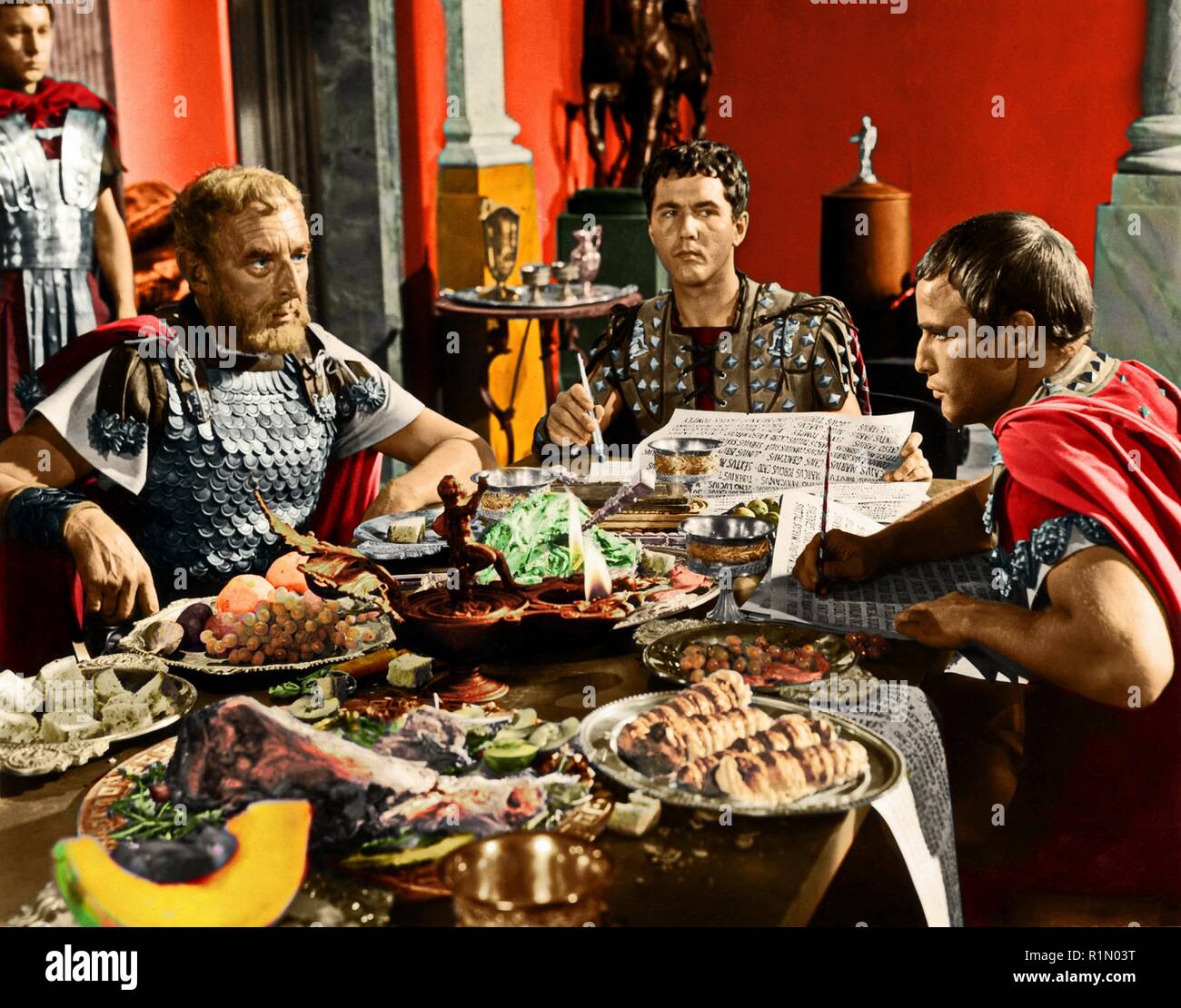

Actions are, in this sense, external, specific and achievable. labeling, specifically, what one character is doing in relation to another character. personal life experience/emotional recall) to bring text to life on stage.Īdler also strongly emphasized the use of action in acting - e.g.

She also strongly advocated for the use of imagination (vs. What, specifically, does Stella Adler’s Acting Method entail?įirst and foremost, Adler believed that actors should be independent, creative, well-rounded beings with their own personal points of view and their own unique, strong choices. In short, they are: artistic independence, imagination, action, script interpretation, and the cultivation of a rich humanity.

If you visit the website for the Stella Adler Studio of Acting, you will see that the school lists the “core beliefs” behind Adler’s method and philosophy. Like Stanislavski, Adler believed that actors must rely on their imaginations - and on doing external research - rather than digging up traumatizing memories and moments from their own personal lives. When she trained with Stanislavski in 1934, she discovered that Stanislavski, too, had changed his mind about his own early concepts of emotional memory and emotional recall. She is one of the few American actors that actually got to study directly with Stanislavski she ultimately cultivated her own technique that differed greatly from Strasberg’s and was more aligned with Stanislavski’s later writings and philosophies.Īdler disagreed with Strasberg’s interpretations and usage of Stanislavski’s system, feeling that emotional recall was a psychologically unhealthy way to approach acting. She was first introduced to Stanislavski’s theories at the American Laboratory Theatre she later joined the Group Theatre, which, founded by Lee Strasberg, Cheryl Crawford and Harold Clurman, was America’s home base for Strasberg’s method acting, as based primarily on Stanislavski’s early writings about emotional memory/emotional recall. She was born in 1901 in New York City, and, from a very young age, was acting on stage in plays. The student-actor learns not to need the director (or anyone else) to hold their hand, yet that same student-actor learns to be able to take direction and make it doable.Stella Adler was an American actor, acting teacher, and director. This reinforces the purpose of the Two Year Program: to train actors to be self motivated to work on all aspects of his/her character on their own, so that he/she can come into ALL acting roles armed with interesting, creative choices that lead to fully realized characters. By this point, the student-actor is expected to work independently on all script analysis and character work so that his/her individual work contributes to the play and the ensemble in each progressive rehearsal.
#Stella adler studio of acting directing full
This is the final production of the Full Program. Group Warm-up: M/T/W/TH 9:15a-10:15a Tim Kopacz/Trang Le, Larsen Theatre Prerequisite: Technique I, II & III, Script Breakdown, Script Analysis, Scene Study Beginning & Intermediate Scene Study The teacher/director will provide feedback, while adding to – and shaping – the student-actor’s work.
They will be expected to bring that work into rehearsals. Under the guidance of the teacher/director, student-actors will be responsible for working on the script and their character. Also, more will be expected of the student-actor, as he/she carries his/her part of the responsibility of bringing a full play to life. The energy and demands of a full production differ from individual scene work. The excitement and work of the full production of a play. Mandatory one hour vocal and body workout prior to rehearsal.Īfter completing the first year classes, which are the building blocks that a serious actor uses to confidently approach and create great characters, the student-actor is now ready to go into Group Warm-up: M/T/W/TH 9:15a-10:15a, Tim Kopacz/Trang Le, Adler Theatre


 0 kommentar(er)
0 kommentar(er)
